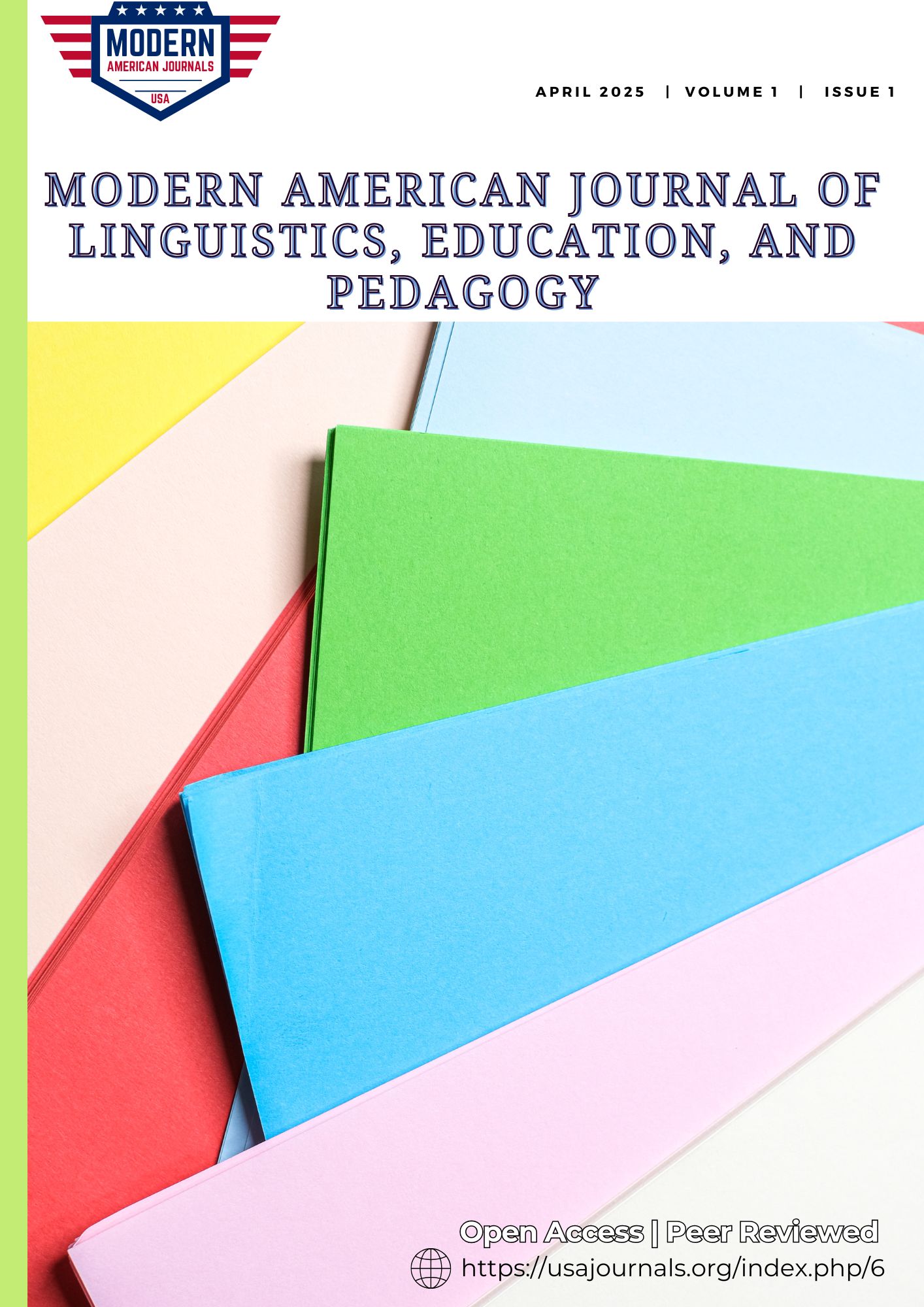A CORPUS DRIVEN COMPARISON OF ENGLISH AND UZBEK LITERARY PROSE
Keywords:
Lexical change, diachronic corpus, English literature, Uzbek literature, nineteenth century, twentieth century, keyness analysis, historical lexicographyAbstract
This article analyses the dynamics of lexical change in English and Uzbek literary language between the nineteenth and twentieth centuries. Drawing on a 7-million-word diachronic subset of the Corpus of Historical American English and a newly compiled 3-million-word Uzbek Fiction Corpus, we trace the emergence, decline, and semantic drift of high-frequency lemmas. Statistical measures – log-likelihood, keyness, and adjusted type–token ratio – reveal parallel patterns of technological expansion and the attrition of archaic lexis, but also divergent trajectories shaped by colonial contact, script reform, and nation-building. The findings refine existing models of lexico-semantic evolution and offer practical implications for historical lexicography and literary translation.
Downloads
Published
Issue
Section
License
Copyright (c) 2025 Modern American Journal of Linguistics, Education, and Pedagogy

This work is licensed under a Creative Commons Attribution 4.0 International License.

